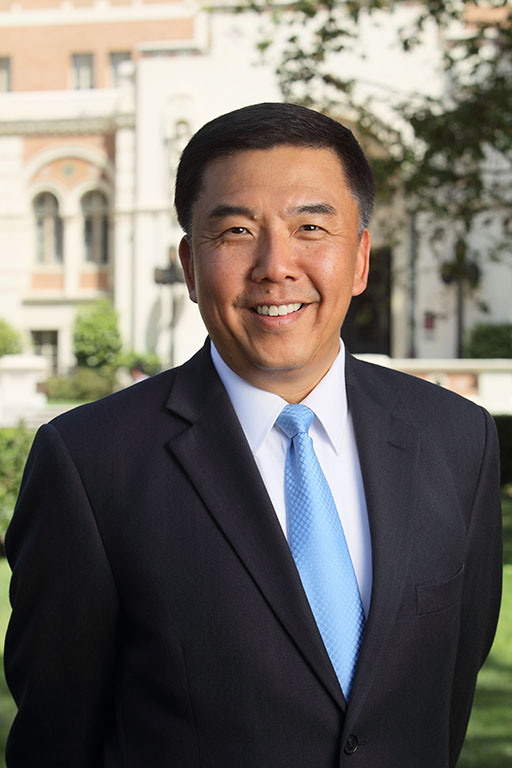
A rodent’s incisors never stop growing.
It’s one of the reasons mice gnaw through cupboards, hamsters chomp mindlessly on metal cage bars and rats will chew through, well, just about anything. They need to wear down those ever-growing incisors, which, if left unchecked, could grow so long that the animal might starve.
As unappealing as it all might sound, a rodent’s dental anatomy gives researchers powerful insight into how to regenerate human teeth, which could change the way dental restorations—crowns, bridges and “fillings”—are handled in the dental office.
In an article published in the May 2015 issue of Developmental Cell, USC researchers studied the biological mechanisms underlying the continuously growing rodent incisor.
In the study, the research team—led by Yang Chai, associate dean of research, holder of the George and Mary Lou Boone Chair in Craniofacial Molecular Biology at the Herman Ostrow School of Dentistry of USC and director of the Center for Craniofacial Molecular Biology—compared the cells that become mouse incisors with those that become molars, which, as in humans, stop developing after crown formation.
“The major idea of the paper focused on how incisors and molars start with similar developmental processes but differ in tissue homeostasis due to the differing fates of their dental epithelial stem cells,” said Weston Grimes, one of two dental students involved in the study. The other was Hoang Anh Ho.
It’s these different stem cell fates that leave incisors with a bustling population of epithelial and mesenchymal stem cells to keep them growing throughout life while the stem-cell population of molars lies dormant, the article explained.
“If we can someday use this knowledge to reactivate those stem cells, then we could regrow part of the root,” said Chai, who is also a member of the USC Stem Cell Executive Committee.
The key, though, is determining how to reactivate those stem cells by manipulating the various stem cell regulation pathways that lead proteins to develop into certain anatomical structures.
“In this study, we discovered how different signalling pathways work together to control stem cells,” Chai said. “We can use this information as a playbook for tooth regeneration.”
The discovery means that, in time, a dentist might one day reach for a living tooth regenerated in a lab to replace a broken tooth instead of amalgam or porcelain, Chai explained.
The study’s authors consisted of researchers from USC’s Center of Craniofacial Molecular Biology; the Molecular Laboratory for Gene Therapy and Tooth Regeneration in Beijing, China; and the Department of Prosthodontics at Peking University School and Hospital of Stomatology.
It was a master class for the dental students who now have a high-impact journal article to add to their curriculum vitae.
“Throughout this process, I learned that dental professionals can be major contributors to the scientific community,” Grimes said. “The process of doing research helped me realize my own passion for learning and exploring. It’s helped invigorate in me a desire to be a life-long learner.”
